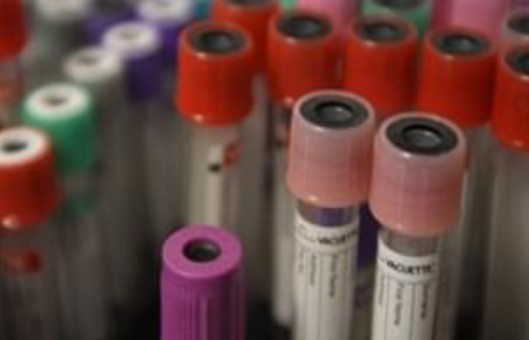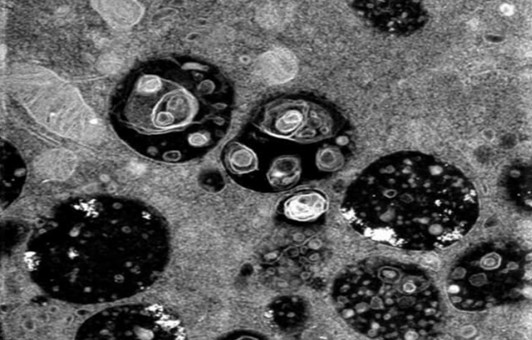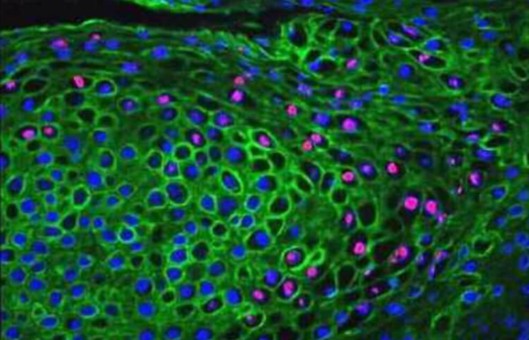Tissue Clearing Protocol
GUIDELINE
Tissue clearing is a broad term that defines techniques that have the final goal of reducing the opacity of biological tissues to see features deep within a sample while maintaining its original structure. To do that, the sample is treated with a series of chemical solutions that will make it transparent and, when combined with fluorescent staining and advanced imaging methods, it is possible to achieve an unprecedented view of the whole specimen and allow acquisition of detailed information from the intact biological sample.
METHODS
Organic Solvent-Based Tissue Clearing
- Organic solvent-based methods generally require dehydration followed by lipid removal and refractive index matching steps. The protocols are rapid and robust in clearing tissues but tend to shrink the samples and are unsuitable for lipid studies. They are compatible with immunostaining but tend to quench fluorescent proteins and require additional signal amplification steps.
- A major disadvantage of these protocols is that the BABB solution (which is used in all of them) is very toxic for humans and if in contact with microscope equipment it will severely damage it.
Aqueous Hyper-Hydrating Tissue Clearing
- Aqueous hyper-hydrating protocols such as CUBIC, Scale, SeeDB, allow better retention of endogenous signals but the clearing is limited to smaller samples and requires a longer time to achieve complete transparency. Moreover, upon clearing with aqueous hyper-hydrating agents, the samples tend to expand.
- The main advantage is that these methods are much less hazardous compared to all the other clearing protocols and generally compatible with immunostaining and fluorescent proteins.
Hydrogel-Embedding Tissue Clearing
- Hydrogel-embedding techniques generate cross-links between the proteins to create firm scaffolds to avoid damage of the tissue structure. To achieve this, the sample is embedded in hydrogel and only after it is immersed in strong detergents to remove the lipids, followed by refractive index matching. These methods are technically more difficult and sometimes require an electrophoresis step to accelerate the clearing process and increase the penetration of antibodies.
- These techniques efficiently preserve the proteins in the sample, as well as RNA and DNA, making them ideal for multiplexed labelling and fluorescent in-situ hybridization (FISH) studies. The most common protocols of this type are CLARITY, PACT, PARS, and SHIELD.
NOTES
- Proteins and lipids that form cells and biological tissues have a high refractive index (RI ~ 1.45-1.47), while cytosol, the aqueous part inside each cell, has a refractive index closer to water (RI = 1.33). The concept behind tissue clearing methods is to equalize the Refractive Index of all the components inside the cells so that the light can pass through the whole sample undisturbed.
- Once the samples are cleared, and the tissue is stained, the next step is to image the large, cleared samples. There are several requirements that a microscope needs to have to be an ideal system for such a task. Among others, the microscope should allow deep and fast imaging and deliver high background rejection with an excellent signal-to-noise ratio.


